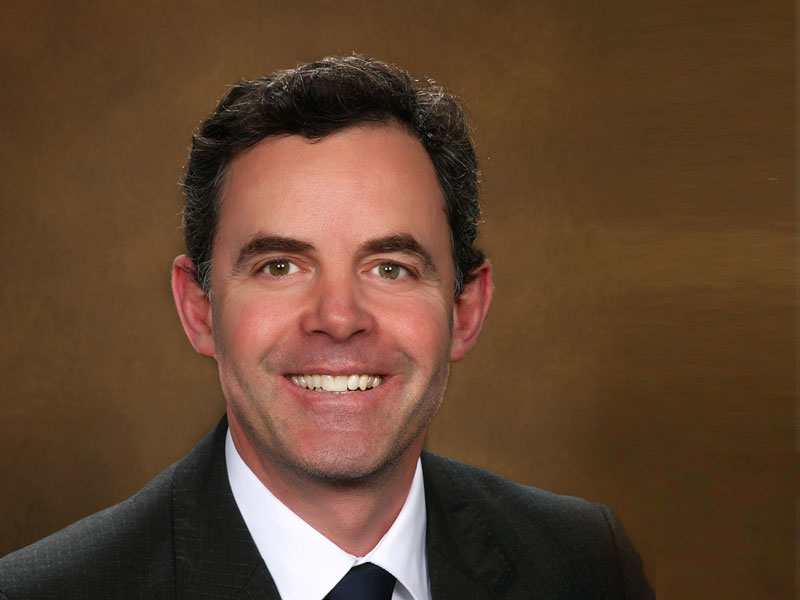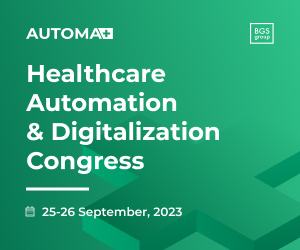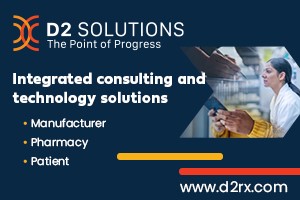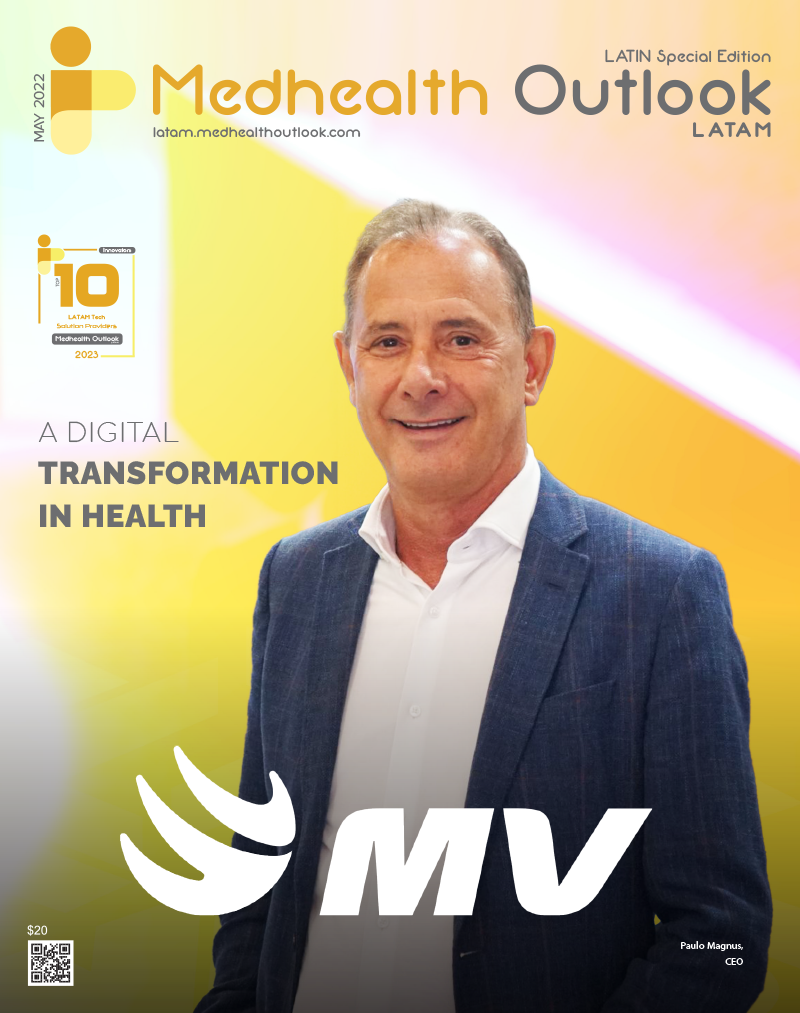Relatively few independent primary care medical practices remain in the US, most having been purchased by hospitals and health systems who either seek increased referrals for high cost, high margin services in the fee for service/volume space, or those that seek cost savings via utilization management. Clinic visit based reimbursement alone is no longer enough to keep the lights on. Low reimbursement for cognitive services (Evaluation and Management CPT codes 99202-99499) combined with traditional billing practices focused on office visits make these clinics easy prey for acquisition due to low to negative margins.
Sustainable RPM (Remote Physiologic Monitoring) programs could offer a lifeline to struggling outpatient primary care and certain specialty clinics. Remote Physiologic Monitoring refers to technology enabled collection, transmission, and management of biomarker data outside of the clinic or hospital, typically in the home. The goal of RPM is to promote the collection of clinically meaningful data that empowers patients take action when needed and empowers care teams to provide data informed care to patients, while connecting patients to care teams through remote communication channels. Remote monitoring allows care management teams to reach out and support patients precisely when needed, which in turn allows care teams to manage larger panels of patients. Data informed care is proactive rather than reactive, allowing for early, low cost and comfortable care in the home rather than expensive crisis care in the hospital after it’s too late.
Sustainable Value Based Care is care that leads to improved health outcomes at relatively low or reduced cost. We have yet to see convincing evidence of the value of “Value Based Care” in the US, in part because participants have been hyper-focused on the increased revenue available through maximizing risk-adjustment based reimbursement from CMS. True value-based care does not depend on increased spending, but rather on decreasing the cost of care and increasing clinical quality and service. Whenever a condition is diagnosed and documented, leading to future risk-adjustment based revenue, an action to improve the care of the patient should be taken, otherwise it is just adding waste to the system.
V =Q/C. where V is value, Q is quality (both healthcare outcomes & service quality), C is cost.
For RPM to be valuable, it needs to be deployed for conditions that have a detectable early stage when intervention can alter the course of disease, such as COPD, asthma, and CHF. At its best, RPM should lead to reduced cost of care and increased value across the health care system, while improving quality measures and patient satisfaction.
RPM has been shown to lower the cost of care and hospitalization rates for COPD and CHF, and the integrated care management powered by RPM improves the quality of life for participants. Factors that lead to successful RPM programs include:
(1) targeting populations at high risk; (2) accurately detecting a decline in health; (3) providing responsive and timely care; (4) personalizing care; (5) enhancing self-management, and (6) ensuring collaborative and coordinated care. https://www.ncbi.nlm.nih.gov/pmc/articles/PMC8388293/#R13
Annual reimbursement for RPM is 5-10x that of the typical 1-2 office visits/year for managing chronic conditions in the clinic. CPT codes and average reimbursement that underpin RPM based reimbursement include:
| (1) CPT 99453: Initial set-up & education on equipment (one-time fee). | $19 |
| (2) CPT 99454: Supply of devices, collection, transmission, & report/ summary over 30-day period. | $50 |
| (3) CPT 99457: RPM monitoring services by clinical staff first 20 cumulative minutes of RPM services over a 30-day period. | $49 |
| (4) CPT 99458: Services by clinical staff additional 20 min. | $40 |
Requirements to document and bill for remote monitoring every 30 days include
- Collection of at least 16 days of physiologic data (vital signs, or other measures of physical function) electronically measured, stored, and transmitted
- At least one video enabled interaction with the patient,
- At least 20 minutes of time spent on data interpretation and care coordination.
- Patient consent to participate (and accept potential copays)
The RPM program and related equipment must be ordered by a physician or advanced practitioner, but staff under the general supervision of the provider can deliver the care. Successful Revenue Cycle Management of RPM programs should make it easy to document the necessary components for reimbursement without requiring much, if any, time from the clinical team. Most outpatient clinics lack the staffing, processes, and training to administer an RPM program and will need both clinical and RCM support to be successful
High value Remote Physiologic Monitoring programs promise to lower the cost of care to the health care system, employers, and taxpayers by empowering patients and care teams with the data to intervene while chronic conditions are still manageable at home. They also can provide a reliable source of recurring revenue to outpatient primary care and specialty medical clinics, while improving the health and happiness of patients.












